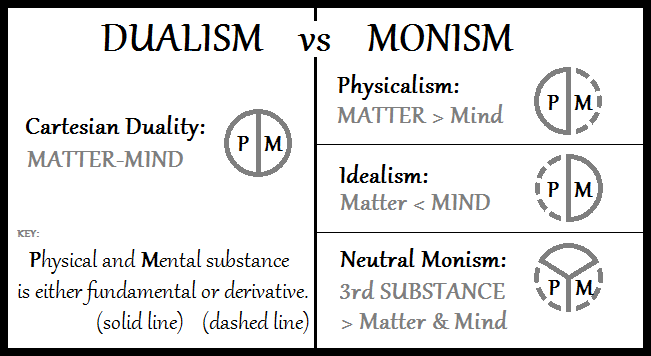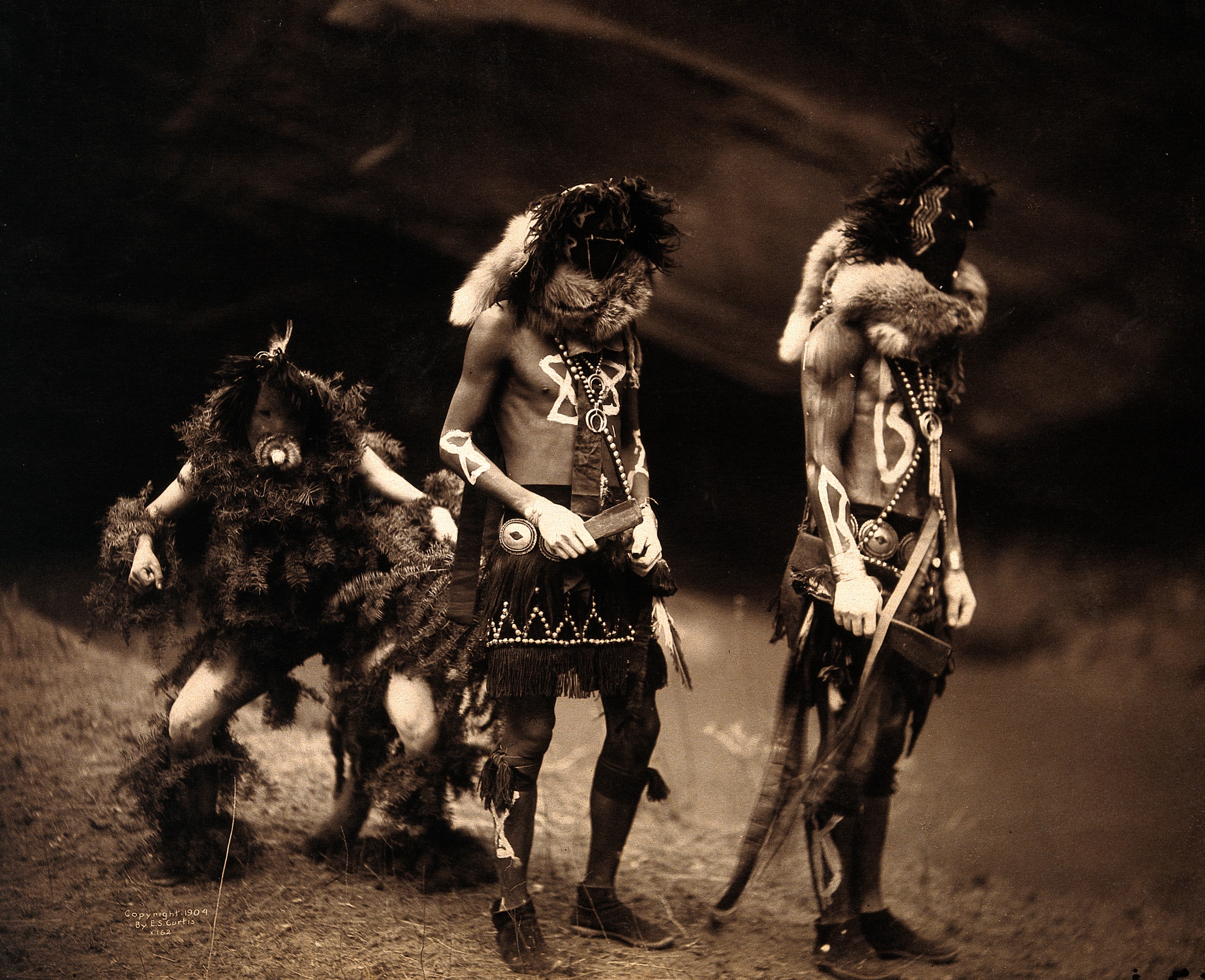|
Philosophy And Religion Of The Tlingit
The philosophy and religion of the Tlingit, although never formally codified, was historically a fairly well organized philosophical and religious system whose basic axioms shaped the way all Tlingit people viewed and interacted with the world around them. Between 1886 and 1895, in the face of their shamans' inability to treat Old World diseases, including smallpox, many Tlingit people converted to Orthodox Christianity. It has been argued that they saw Eastern Orthodox Christianity as a way of resisting assimilation to the "American way of life", which was associated with Presbyterianism. Russian Orthodox missionaries had translated their liturgy into the Tlingit language. After Christianization, the Tlingit belief system began to erode. Today, some young Tlingits look back towards what their traditional tribal religions and worldview for inspiration, security, and a sense of identity. While many elders converted, contemporary Tlingit "reconcile Christianity and the 'traditional ... [...More Info...] [...Related Items...] OR: [Wikipedia] [Google] [Baidu] |
Tlingit
The Tlingit ( or ; also spelled Tlinkit) are indigenous peoples of the Pacific Northwest Coast of North America. Their language is the Tlingit language (natively , pronounced ),"Lingít Yoo X'atángi: The Tlingit Language." ''Sealaska Heritage Institute.'' (retrieved 3 December 2009) in which the name means 'People of the Tides'.Pritzker, 208 The Russian name ' (, from a Sugpiaq-Alutiiq term ' for the worn by women) or the related German name ' may be encountered referring to the people in older historical literature, such as |
Metaphysics
Metaphysics is the branch of philosophy that studies the fundamental nature of reality, the first principles of being, identity and change, space and time, causality, necessity, and possibility. It includes questions about the nature of consciousness and the relationship between mind and matter, between substance and attribute, and between potentiality and actuality. The word "metaphysics" comes from two Greek words that, together, literally mean "after or behind or among he study ofthe natural". It has been suggested that the term might have been coined by a first century CE editor who assembled various small selections of Aristotle's works into the treatise we now know by the name ''Metaphysics'' (μετὰ τὰ φυσικά, ''meta ta physika'', 'after the ''Physics'' ', another of Aristotle's works). Metaphysics studies questions related to what it is for something to exist and what types of existence there are. Metaphysics seeks to answer, in an abstract and fu ... [...More Info...] [...Related Items...] OR: [Wikipedia] [Google] [Baidu] |
Indigenous American Philosophy
Indigenous American philosophy is the philosophy of the Indigenous people of the Americas. An Indigenous philosopher is an Indigenous person who practices philosophy and has a vast knowledge of Indigenous history, culture, language, and traditions. Many different traditions of philosophy exist in the Americas, and have from Precolumbian times. Epistemology and Science The study of knowledge, belief, and the ways in which people acquire and process information (aka epistemology) in Indigenous cultures can be somewhat different than in mainstream Western philosophy. Native American epistemology is also found in ceremonies, community traditions and observation of nature and natural symbolism, in addition to more common academic approaches. Emphasis on Indigenous language and culture is a vital component of Native American epistemology, with language seen as essential to understanding psychology and different states of consciousness.* Hester and Cheney have written about the strong ... [...More Info...] [...Related Items...] OR: [Wikipedia] [Google] [Baidu] |
Tlingit Culture
The culture of the Tlingit, an Indigenous people from Alaska, British Columbia, and the Yukon, is multifaceted, a characteristic of Northwest Coast peoples with access to easily exploited rich resources. In Tlingit culture a heavy emphasis is placed upon family and kinship, and on a rich tradition of oratory. Wealth and economic power are important indicators of status, but so is generosity and proper behavior, all signs of "good breeding" and ties to aristocracy. Art and spirituality are incorporated in nearly all areas of Tlingit culture, with even everyday objects such as spoons and storage boxes decorated and imbued with spiritual power and historical associations. Kinship The Tlingit kinship system, like most Northwest Coast societies, is based on a matrilineal structure, and describes a family roughly according to Morgan's Crow system of kinship. The society is wholly divided into two distinct moieties, termed Raven (''Yéil'') and Eagle/Wolf (''Ch'aak'/Ghooch''). The form ... [...More Info...] [...Related Items...] OR: [Wikipedia] [Google] [Baidu] |
Native American Religion
Native American religions are the spiritual practices of the Native Americans in the United States. Ceremonial ways can vary widely and are based on the differing histories and beliefs of individual nations, tribes and bands. Early European explorers describe individual Native American tribes and even small bands as each having their own religious practices. Theology may be monotheistic, polytheistic, henotheistic, animistic, shamanistic, pantheistic or any combination thereof, among others. Traditional beliefs are usually passed down in the forms of oral histories, stories, allegories, and principles. Overview Beginning in the 1600s, European Christians, both Catholics and those of various Protestant denominations, sought to convert Native American tribes from their pre-existing beliefs to Christianity. After the United States gained independence in the late 1700s, its government continued to suppress Indigenous practices and promote forcible conversion. Government agen ... [...More Info...] [...Related Items...] OR: [Wikipedia] [Google] [Baidu] |
Richard Dauenhauer
Richard Dauenhauer (April 10, 1942 – August 19, 2014) was an American poet, linguist, and translator who married into, and subsequently became an expert on, the Tlingit nation of southeastern Alaska. He was married to the Tlingit poet and scholar Nora Marks Dauenhauer. With his wife and Lydia T. Black, he won an American Book Award for ''Russians in Tlingit America: The Battles of Sitka, 1802 And 1804'' Life Dauenhauer was born in Syracuse, New York. His B.A. was from Syracuse University in Slavic Languages and his M.A. from the University of Texas at Austin in German. He earned his Ph.D. in Comparative Literature in 1975 from the University of Wisconsin–Madison, with a dissertation titled ''Text and Context of Tlingit Oral Tradition.'' He became a professor of literature at Alaska Methodist University in Anchorage, where he came in contact with the Tlingit people. In 1973 he married his second wife Nora, and became an honorary member of the Tlingit people.. From 1981 to 19 ... [...More Info...] [...Related Items...] OR: [Wikipedia] [Google] [Baidu] |
Kushtaka
Kushtaka or Kooshdakhaa ( lit. "land otter man") are mythical shape-shifting creatures found in the folklore of the Tlingit peoples of the Pacific Northwest Coast of North America. Description They are similar to the 'Watsa of the Ts'msyen people, Nat'ina of the Dena'ina Native Americans of South Central Alaska, and the Urayuli of the Yup'ik in Western Alaska. Physically, Kushtaka are shape-shifters capable of assuming human form, the form of an otter and potentially other forms. In some accounts, a Kushtaka is able to assume the form of any species of otter; in others, only one. Accounts of their behaviour seem to conflict with one another. In some stories, Kushtaka are cruel creatures who take delight in tricking poor Tlingit sailors to their deaths. In others, they are friendly and helpful, frequently saving the lost from death by freezing. In many stories, the Kushtaka save the lost individual by distracting them with curiously otter-like illusions of their family and f ... [...More Info...] [...Related Items...] OR: [Wikipedia] [Google] [Baidu] |
Witch Doctor
A witch doctor (also spelled witch-doctor) was originally a type of Folk healer, healer who treated ailments believed to be caused by witchcraft. The term is now more commonly used to refer to Alternative medicine, healers, particularly in regions which use traditional medicine, traditional healing rather than evidence-based medicine, contemporary medicine. Original meaning of the term In its original meaning, witch doctors were not exactly witches themselves, but rather people who had remedies to protect others against witchcraft. Witchcraft-induced conditions were their area of expertise, as described in this 1858 news report from England: Recourse was had by the girl's parents to a cunning man, named Burrell, residing at Copford, who has long borne the name of "The Wizard of the North:" but her case was of so peculiar a character as to baffle his skill to dissolve the spell, Application was next made to a witch doctor named Murrell, residing at Hadleigh, Essex, who undertook ... [...More Info...] [...Related Items...] OR: [Wikipedia] [Google] [Baidu] |
Shamanism
Shamanism is a religious practice that involves a practitioner (shaman) interacting with what they believe to be a Spirit world (Spiritualism), spirit world through Altered state of consciousness, altered states of consciousness, such as trance. The goal of this is usually to direct Non-physical entity, spirits or Energy (esotericism), spiritual energies into the physical world for the purpose of healing, divination, or to aid human beings in some other way. Beliefs and practices categorized as "shamanic" have attracted the interest of scholars from a variety of disciplines, including anthropologists, archeologists, historians, religious studies scholars, philosophers and psychologists. Hundreds of books and Academic publishing#Scholarly paper, academic papers on the subject have been produced, with a peer-reviewed academic journal being devoted to the study of shamanism. In the 20th century, non-Indigenous Peoples, Indigenous Westerners involved in countercultural movements, ... [...More Info...] [...Related Items...] OR: [Wikipedia] [Google] [Baidu] |
Tlingit Shaman 1900
The Tlingit ( or ; also spelled Tlinkit) are indigenous peoples of the Pacific Northwest Coast of North America. Their language is the Tlingit language (natively , pronounced ),"Lingít Yoo X'atángi: The Tlingit Language." ''Sealaska Heritage Institute.'' (retrieved 3 December 2009) in which the name means 'People of the Tides'.Pritzker, 208 The Russian name ' (, from a Sugpiaq-Alutiiq term ' for the worn by women) or the related German name ' may be encountered referring to the people in older historical literature, such as |
Cremation
Cremation is a method of Disposal of human corpses, final disposition of a Cadaver, dead body through Combustion, burning. Cremation may serve as a funeral or post-funeral rite and as an alternative to burial. In some countries, including India and Nepal, cremation on an Pyre, open-air pyre is an ancient tradition. Starting in the 19th century, cremation was introduced or reintroduced into other parts of the world. In modern times, cremation is commonly carried out with a Crematorium, closed furnace (cremator), at a crematorium. Cremation leaves behind an average of 2.4 kg (5.3 lbs) of remains known as "ashes" or "cremains". This is not all ash but includes unburnt fragments of bone mineral, which are commonly ground into powder. They do not constitute a health risk and may be buried, interred in a memorial site, retained by relatives or scattered in various ways. History Ancient Cremation dates from at least 17,000 years ago in the archaeological record, with the ... [...More Info...] [...Related Items...] OR: [Wikipedia] [Google] [Baidu] |
Smallpox
Smallpox was an infectious disease caused by variola virus (often called smallpox virus) which belongs to the genus Orthopoxvirus. The last naturally occurring case was diagnosed in October 1977, and the World Health Organization (WHO) certified the global eradication of the disease in 1980, making it the only human disease to be eradicated. The initial symptoms of the disease included fever and vomiting. This was followed by formation of ulcers in the mouth and a skin rash. Over a number of days, the skin rash turned into the characteristic fluid-filled blisters with a dent in the center. The bumps then scabbed over and fell off, leaving scars. The disease was spread between people or via contaminated objects. Prevention was achieved mainly through the smallpox vaccine. Once the disease had developed, certain antiviral medication may have helped. The risk of death was about 30%, with higher rates among babies. Often, those who survived had extensive scarring of their ... [...More Info...] [...Related Items...] OR: [Wikipedia] [Google] [Baidu] |



_01.jpg)




